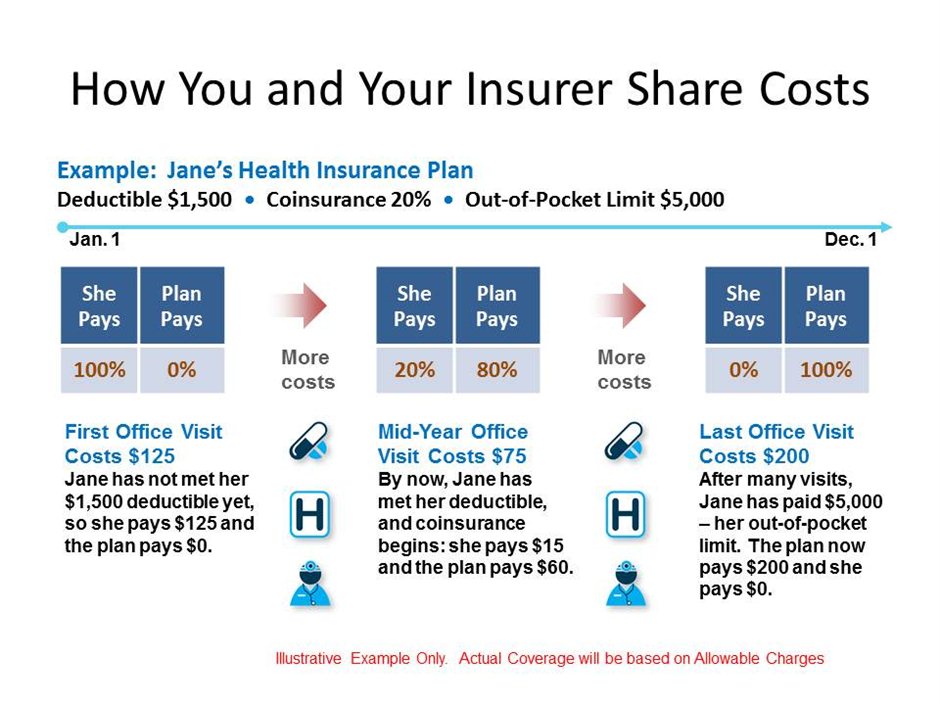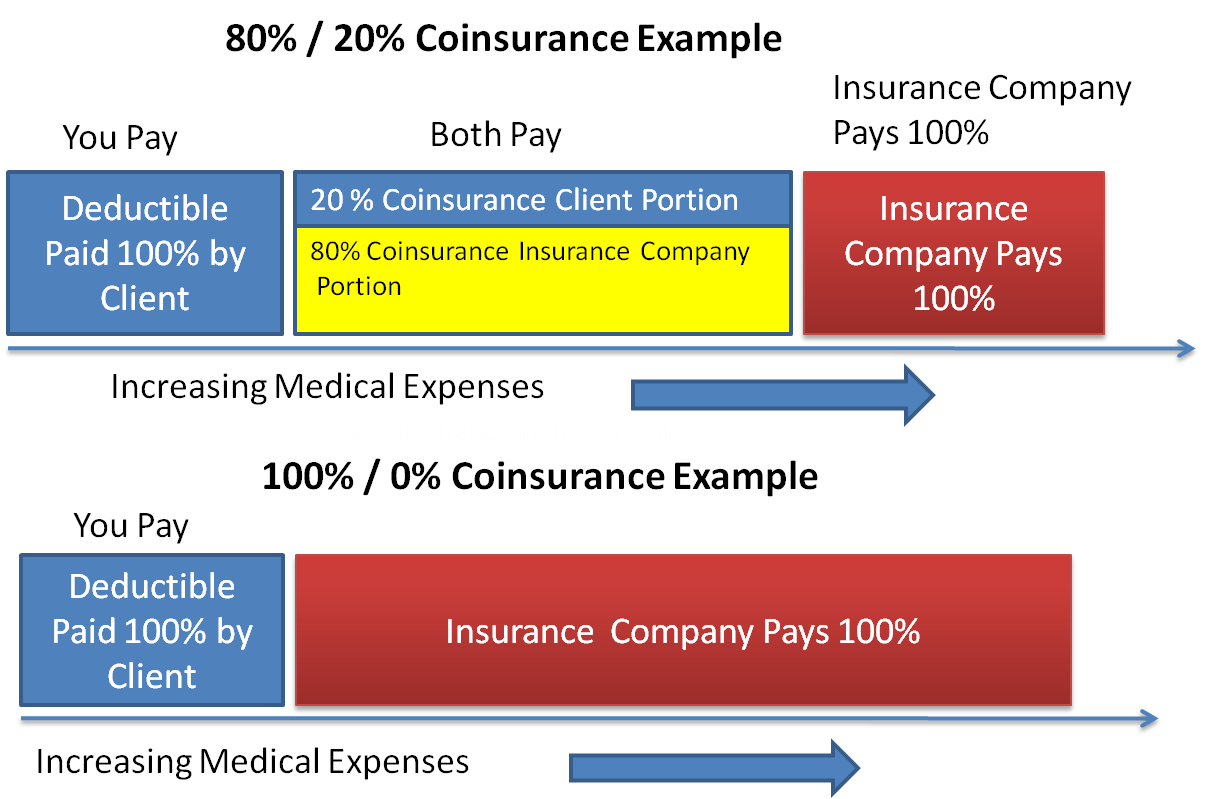What is Copay?
- Copay Not Applicable Meaning Medical
- Network Not Applicable Definition
- What Does Copay Not Applicable Mean
- Deductible Not Applicable Means
On Medical Bills. Under this category, the copay clause is applicable to all the claims raised, irrespective of whether it is voluntary or mandatory. You will thus need to pay a portion of the claim amount thus raised. On Senior Citizen Policies. These are the policies that mostly come with mandatory copay clauses. A copayment or copay is a fixed amount for a covered service, paid by a patient to the provider of service before receiving the service. It may be defined in an insurance policy and paid by an insured person each time a medical service is accessed. It is technically a form of coinsurance, but is defined differently in health insurance where a coinsurance is a percentage payment after the deductible up to a certain. A copay status assigned to a Veteran who is required to make medical care copay based on financial status relative to the applicable annual income limits. A jointly funded federal and state program that provides hospital expense and medical expense coverage to persons with low-income and certain aged and disabled individuals. A copay, short for copayment, is a fixed amount a healthcare beneficiary pays for covered medical services. The remaining balance is covered by the person's insurance company.



A copay or copayment is the amount of money you are required to pay directly to the healthcare provider (doctor, hospital etc.) per visit, or to a pharmacy for every prescription filled.
Copays discourage unnecessary visits by making the patient responsible for a small portion of her healthcare costs. Copays are typically $15 to $50 per visit but may vary depending upon the following factors:

- Specialists vs. General Physicians: Copays for specialist visits are usually higher than for general physicians.
- Generics vs. brand name drugs: Copays for prescription drugs are around $5 to $20 per prescription, with lower copays for generics vs. brand name drugs. This provides an incentive to lower costs by using drugs that are chemically equivalent but cheaper.
- In-network vs. Out-of-network: Insurance companies contract with healthcare providers to agree upon reimbursement rates. When you see a provider 'in-network' — i.e., a provider that the insurance company has an agreement with — you may pay a lower copay than when you see a doctor out-of-network.
Copays are applicable until the annual out-of-pocket maximum is reached but many insurance plans waive copays for preventive care visits like annual physicals or child wellness checkups.
Quanta product mobile phones & portable devices driver download. High-deductible health plans (HDHP) usually do not have a copay.
What is Coinsurance?
The copay is usually too small to cover all of the provider's fees. The provider collects the copay from the patient at the time of service and bills the insurance company. If the provider is in-network, the insurance company first lowers the 'allowed amount' to the pre-negotiated rate for that service (more about this in the example below). If the deductible has been met, the insurance plan then covers a large percentage (usually 60-90%, depending upon the plan) of the allowed amount. The patient is responsible for the balance (10-40% of the allowed amount). This balance is called coinsurance.
Coinsurance may be higher when you see an out-of-network provider, but stays the same whether you see a GP or a specialist.
What is a Deductible?
The annual deductible specified in your plan is the total coinsurance you must pay in a calendar year before the insurance company starts paying for any healthcare costs.
Do copays count toward the deductible?
No, copays do not count toward the deductible. However, copays do count toward the annual out-of-pocket maximum, which is the total amount you are liable to pay for all your healthcare costs in any given year — including copay and coinsurance.
This video explains deductibles, coinsurance and copay:
Copay, Coinsurance and Deductible Example
Assume that a plan has a deductible of $1,000, $30 copay and 20% coinsurance.
The patient makes her first visit to a doctor in that year. Like every visit, she pays a copay of $30 at the time of the visit. Suppose the total bill for that visit is $700. The doctor is in the plan's network so the insurance company gets a discounted rate of $630 for that visit. After subtracting the $30 copay from the patient, the balance owed to the doctor is $600.
If the deductible had been met, the insurance company would have paid 80% of this $600 balance. However, since the deductible has not been met yet, the patient is responsible for the full $600.
Copay Not Applicable Meaning Medical
The second visit is similar. The doctor's $500 bill is discounted down to $430 because of the preferred rate that the insurance company gets. The patient pays a $30 copay and so the balance is $400. Since the $1,000 deductible has not been met yet, the patient is responsible for this $400 too.

But the $600 from the first visit and the $400 from the second visit total $1,000 and serve to meet the deductible. Download seesnake sound cards & media devices driver. So for the third visit, the insurance plan steps up and starts paying for healthcare costs.
In our example, the doctor's bill for the third visit is $600, discounted to $530. The patient still pays a $30 copay even after the deductible is met. For the $500 balance, the plans pays 80%, or $400 and the patient is responsible for 20%, or $100.
Network Not Applicable Definition
Other considerations
Navigating the health insurance maze can be challenging because there are other variables involved. For example,
What Does Copay Not Applicable Mean
- Some plans have different deductibles for in-network and out-of-network providers.
- Some plans do count copay amounts towards the deductible; most don't.
- Not all plans have an out-of-pocket maximum. For plans that do, you do not have to pay any more copay or coinsurance once you reach that limit in total out-of-pocket expenses for the year, .
- Some plans have a lifetime maximum so the insurance company stops paying for healthcare if they have already paid out that amount over the lifetime of the patient.
- Preventive care such as vaccines for children is usually covered 100%. Copays are waived and deductibles do not apply in such cases.
- Even with a deductible, it is often advantageous to have insurance because of the fee discount negotiated by an insurer with the provider. i.e. the fee that healthcare providers can charge for a particular service is lower if the patient is insured.
Deductible Not Applicable Means
References
